
The kitchen is the heart of most homes, but it can also be a significant source of energy loss due to drafts. Cold air entering through gaps, cracks, and vents not only reduces comfort but can also increase heating costs.
Here, heating, ventilation and air conditioning (HVAC) experts reveal the simple steps to a draft-free kitchen, including the best products to use and common mistakes to avoid.
These draft proofing tips will ensure you can cook and dine in comfort this holiday season.
1. Prioritize windows and doors
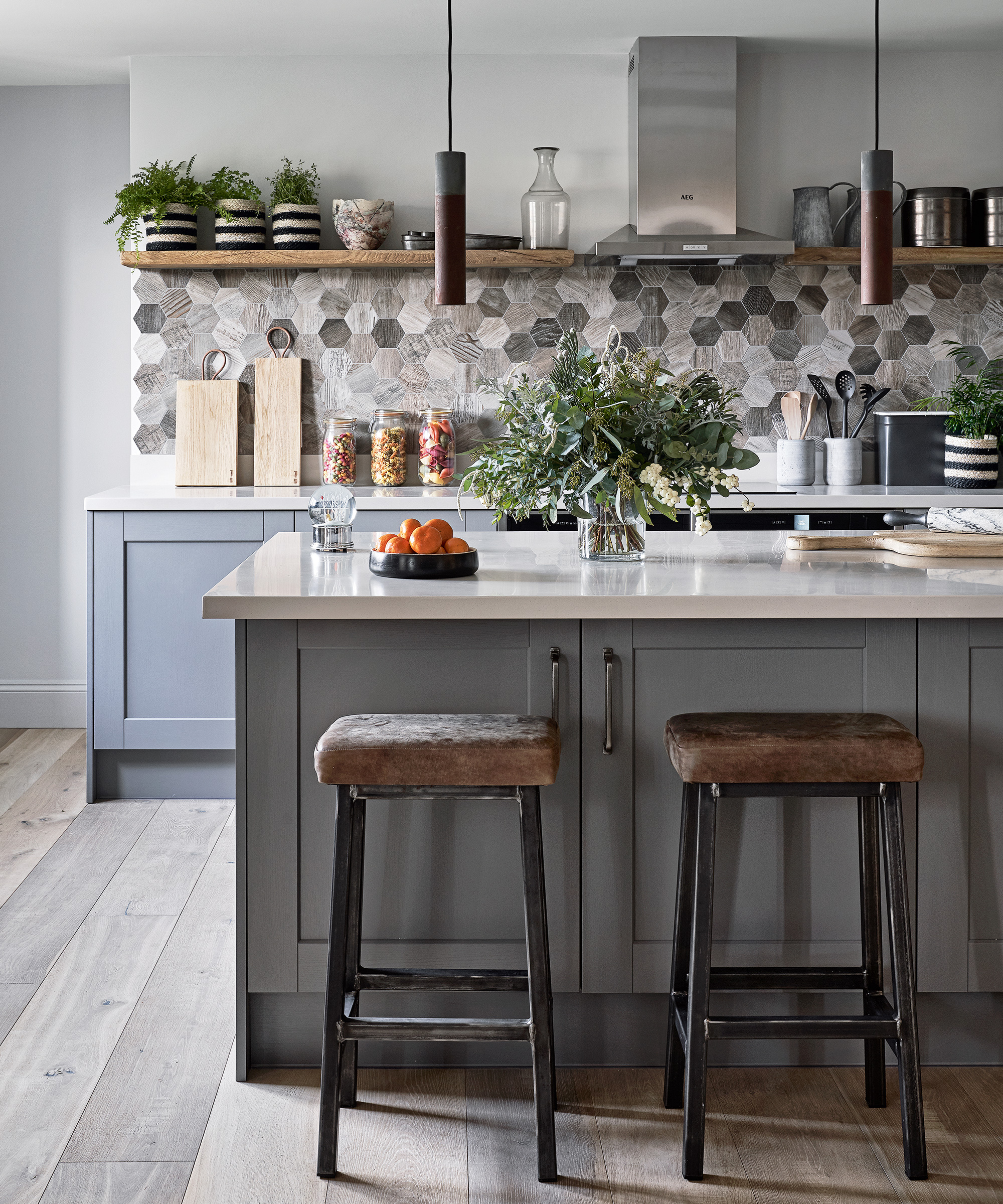
Windows and doors are the most common entry points for drafts. Check for gaps around the frames, especially in older homes, and inspect door thresholds for signs of wear that may allow drafts in. You can hold a lit candle up to the area and if the flame flickers wildly, there is likely a draft flowing in.
Josh Mitchell, HVAC technician and founder of Air Conditioner Lab, says, 'These are the usual suspects when it comes to drafts. Grab some weatherstripping for the doors and some caulk for the window frames. Make sure they're tightly sealed to keep the outside air where it belongs – outside.'
Mitchell recommends this Frost King M13WH V-Shape Weatherstrip from Walmart, and this multi-use GE Silicone All Purpose Caulk from Lowe's.
Applying insulation film to windows can add another layer of protection. For more tips, check out our dedicated guide on how to weatherproof your windows.
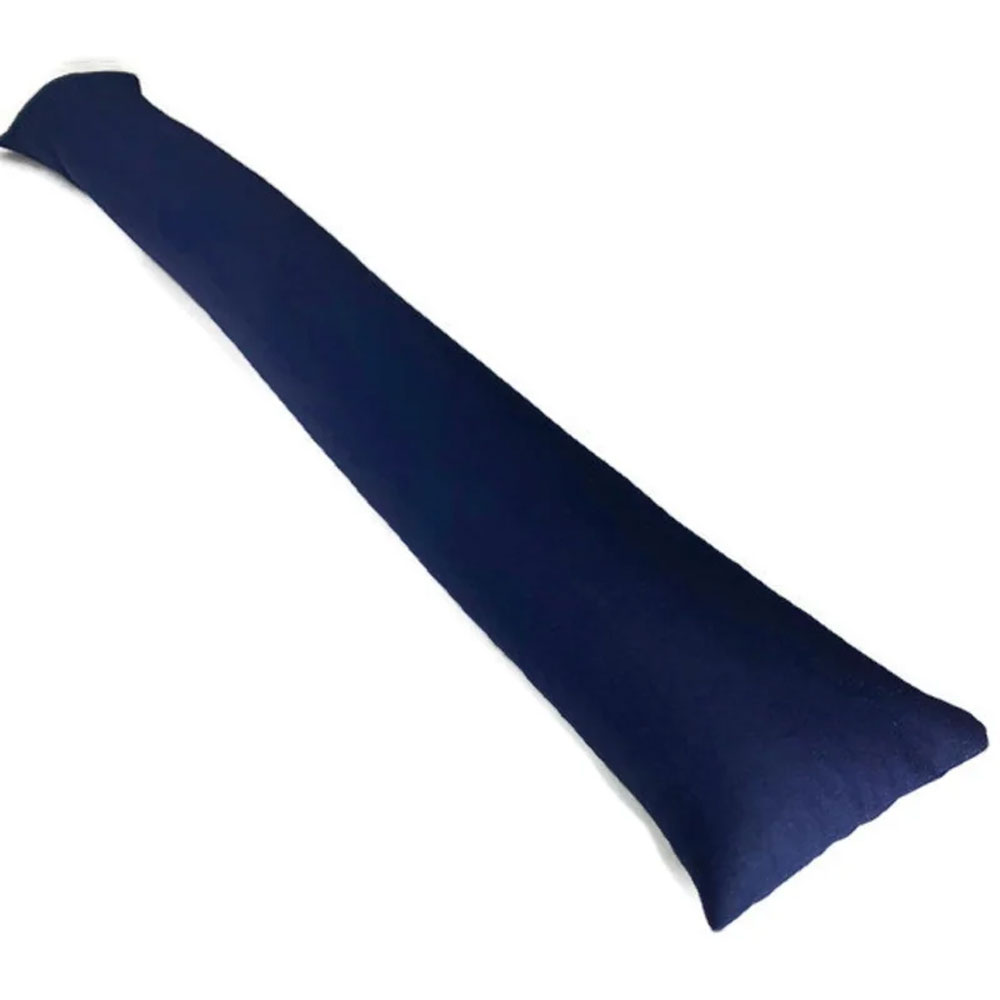
This stylish, navy, fabric draft snake is just the thing for keeping the wind from whistling in under kitchen doors. It's easy to set up, as there's no need to physically attach it to the frames and can be removed anytime. Its filling is chemical free, too.
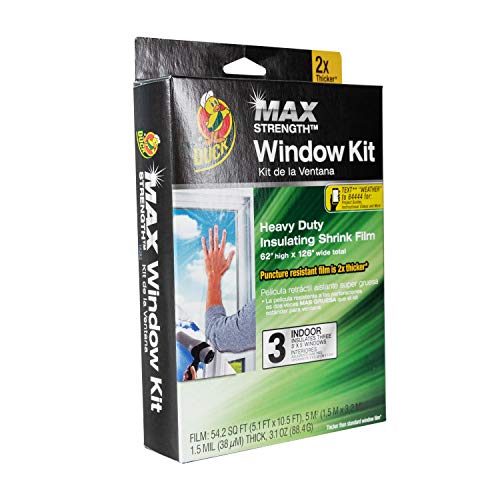
This heavy-duty insulating film is thick and puncture resistant, blocking kitchen drafts and heat loss effectively to reduce your energy bills. It’s easy to install and won't damage the windows when removed.
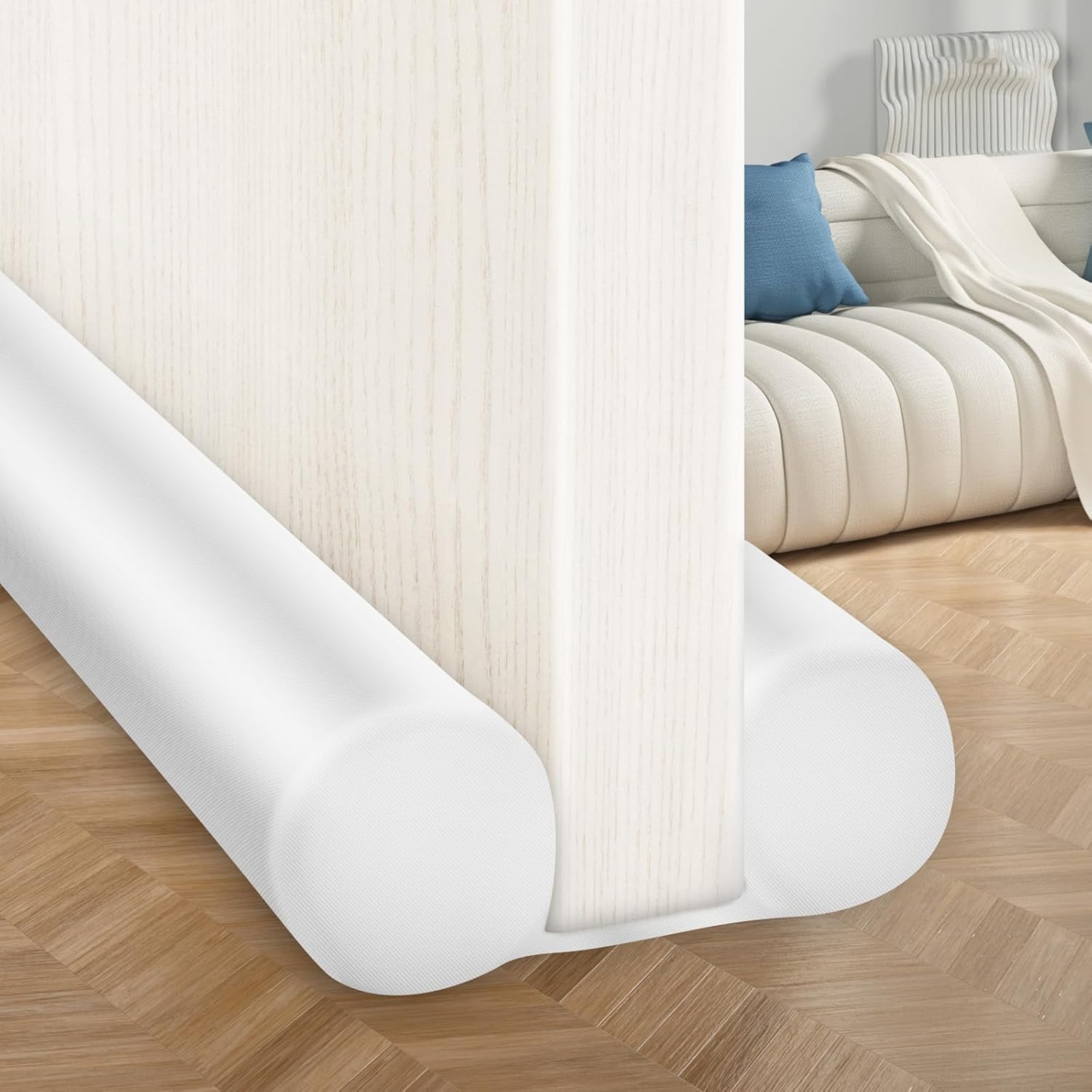
This machine-washable draft stopper neatly seals the gaps beneath your kitchen door. Mitchell says, 'This product is filled with polyester wadding for excellent insulation properties. It's adjustable, functional and convenient.'
2. Seal small cracks
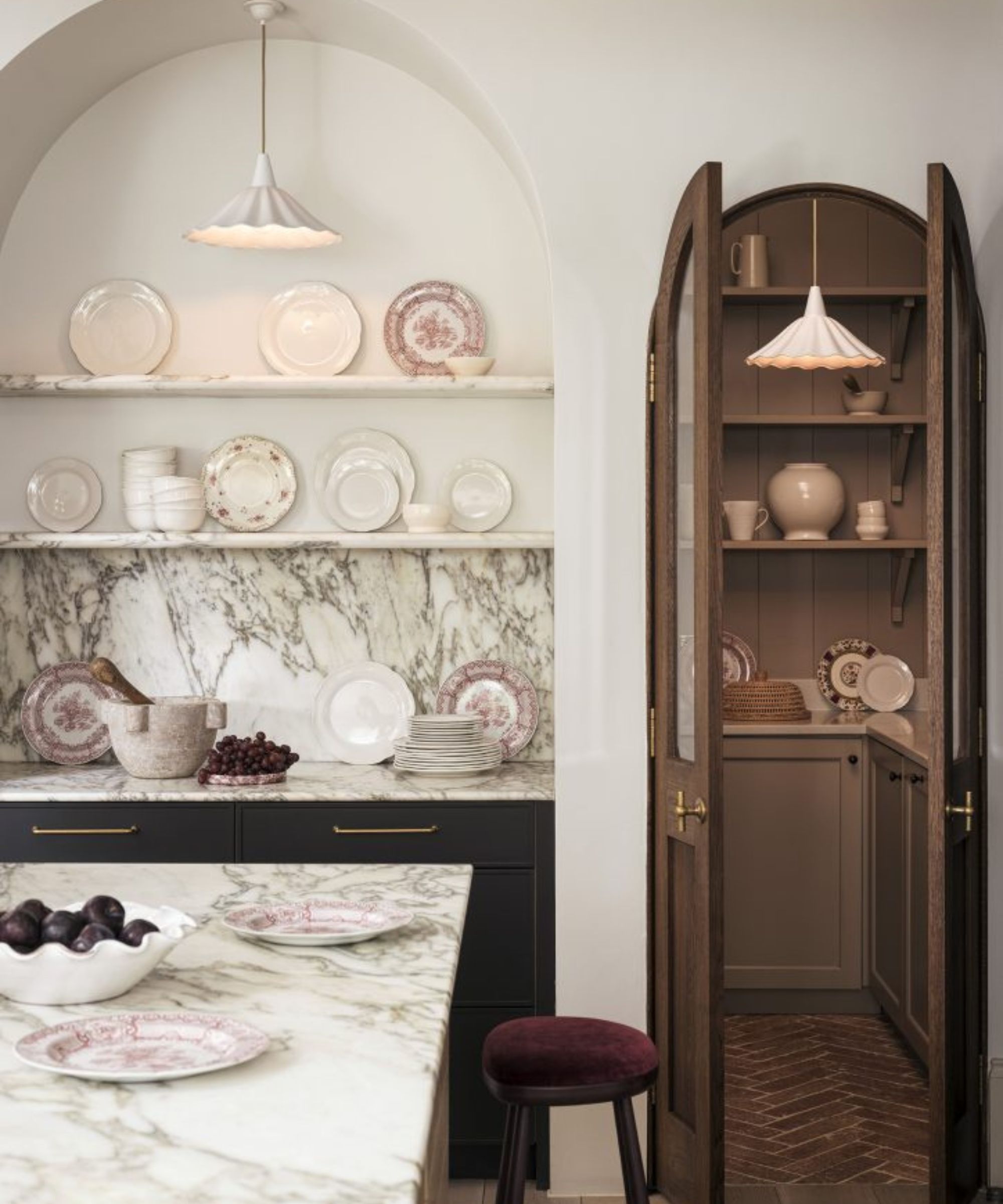
Small cracks between cabinets, walls, and baseboards may seem insignificant but can let in noticeable drafts. These gaps are often overlooked during January home maintenance tasks.
Steve Pacholski, brand president of HVAC experts Varsity Zone, says, 'You might not think of kitchens as drafty spots, but they can be pretty sneaky about letting cold air in. Take those cabinets, for example – they can act like little tunnels for cold air, especially if you’ve got gaps underneath or around the edges. And then there’s the plinth – that decorative strip at the bottom of your cabinets. It often hides cracks and gaps that let the chill creep in without you noticing.
'Especially in kitchens with tile or wood floors, cracks or gaps along the baseboards, or where your walls meet the floor, are another common spot for cold air to sneak in.
'To resolve, a little caulk or foam tape can do the trick, or some self-adhesive foam tape, such as Frost King's Rubber Foam Tape from Amazon, which is great for sealing gaps around cabinets.'
Look out also for small gaps around electrical outlets. This pack of New Resources Group Electrical Outlet Gasket Covers from Walmart can solve this problem in no time.
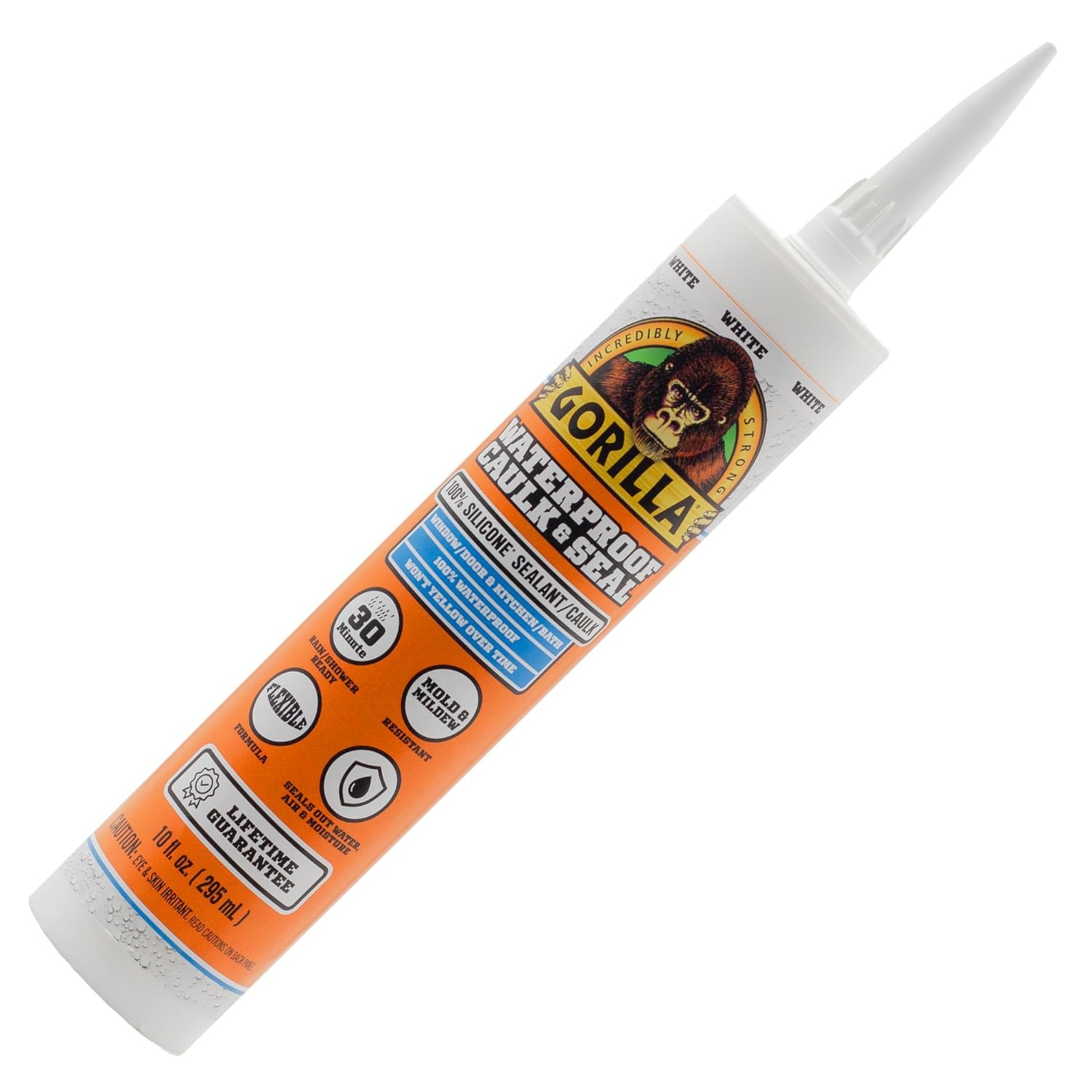
This 100% waterproof caulk sealant is great for sealing cracks around the home. Not only is it mold and mildew resistant, it comes with thousands of great customer reviews, and won't yellow over time.
3. Check pipes
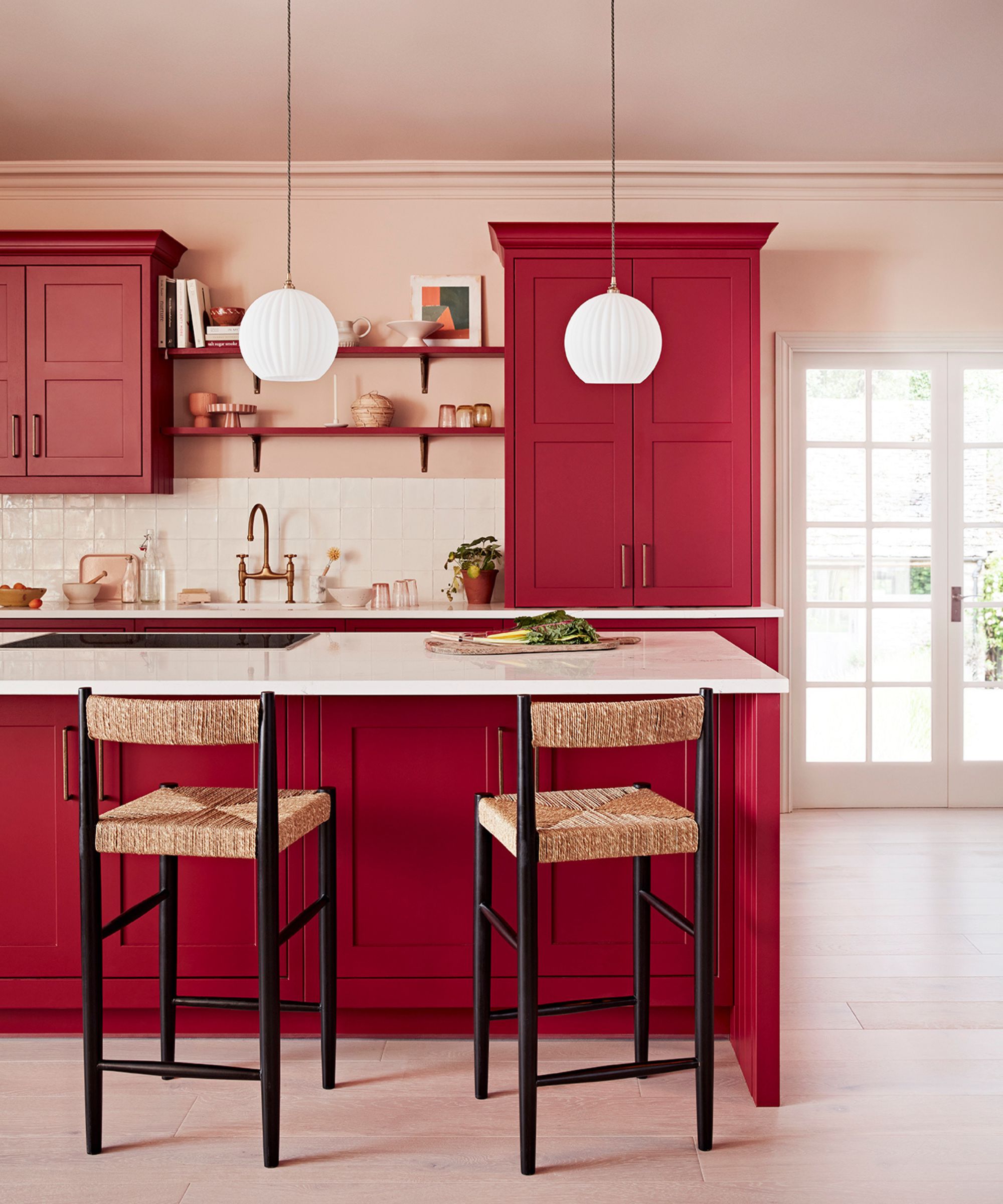
Pipes entering and exiting your kitchen, such as those connected to your sink or dishwasher, can leave gaps in walls or flooring. These spaces can allow drafts and pests to enter your home.
Pacholski says, 'Pipes are another culprit for sneaky kitchen drafts. Whether it’s water or gas lines coming in from outside, if those openings aren’t sealed properly, you’re inviting cold air into your kitchen.'
Mitchell adds, 'I would advise using spray foam around the pipes under your sink and foam gaskets behind the outlets to stop drafts from these often overlooked spots.'
For more tips, check out these heating mistakes driving up your energy bills.
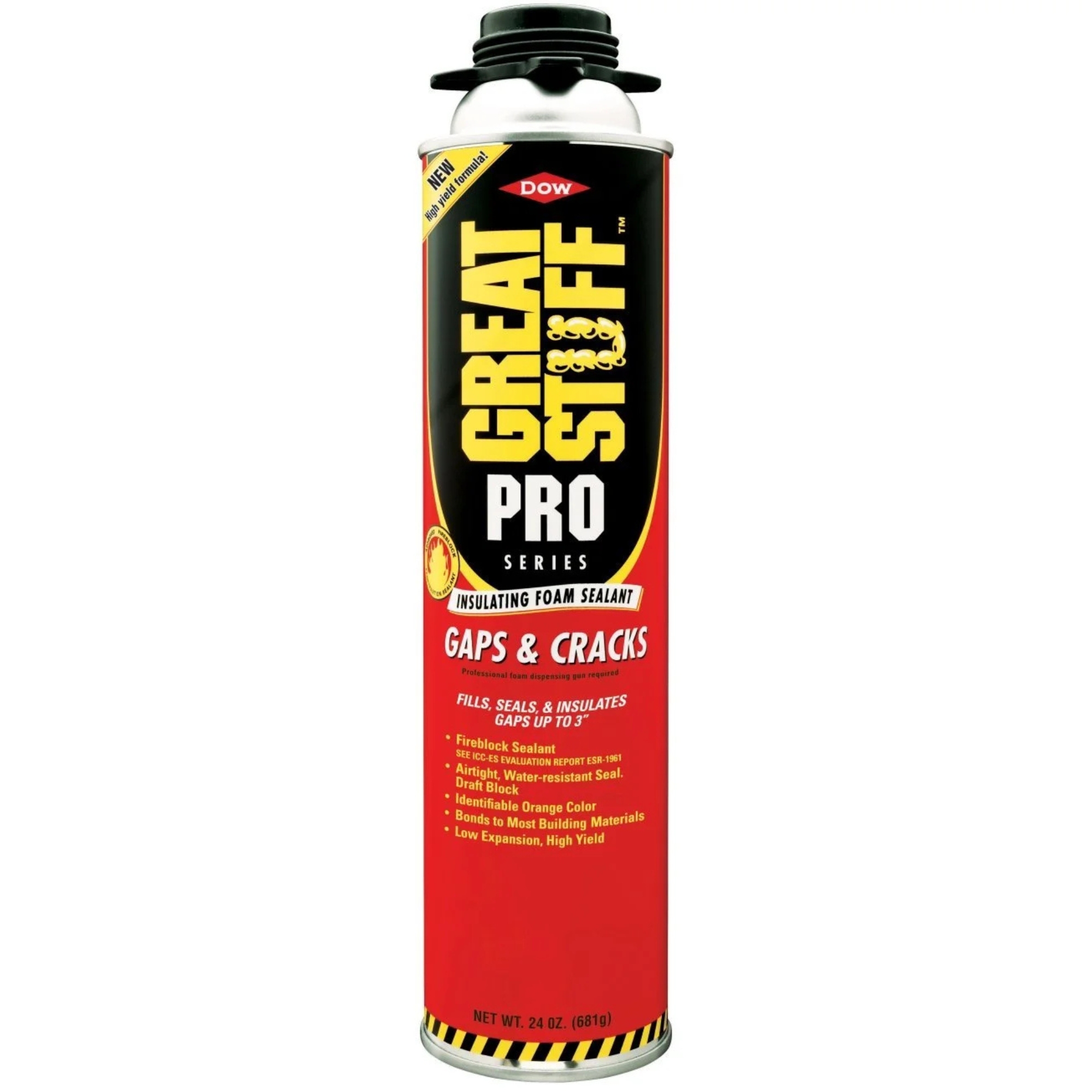
Our experts highly recommend this high-quality sealant that prevents drafts and water infiltration, keeping your kitchen cozy all year. Mitchell says, 'It's user-friendly, cost-effective and great for DIY projects.'
4. Inspect vents
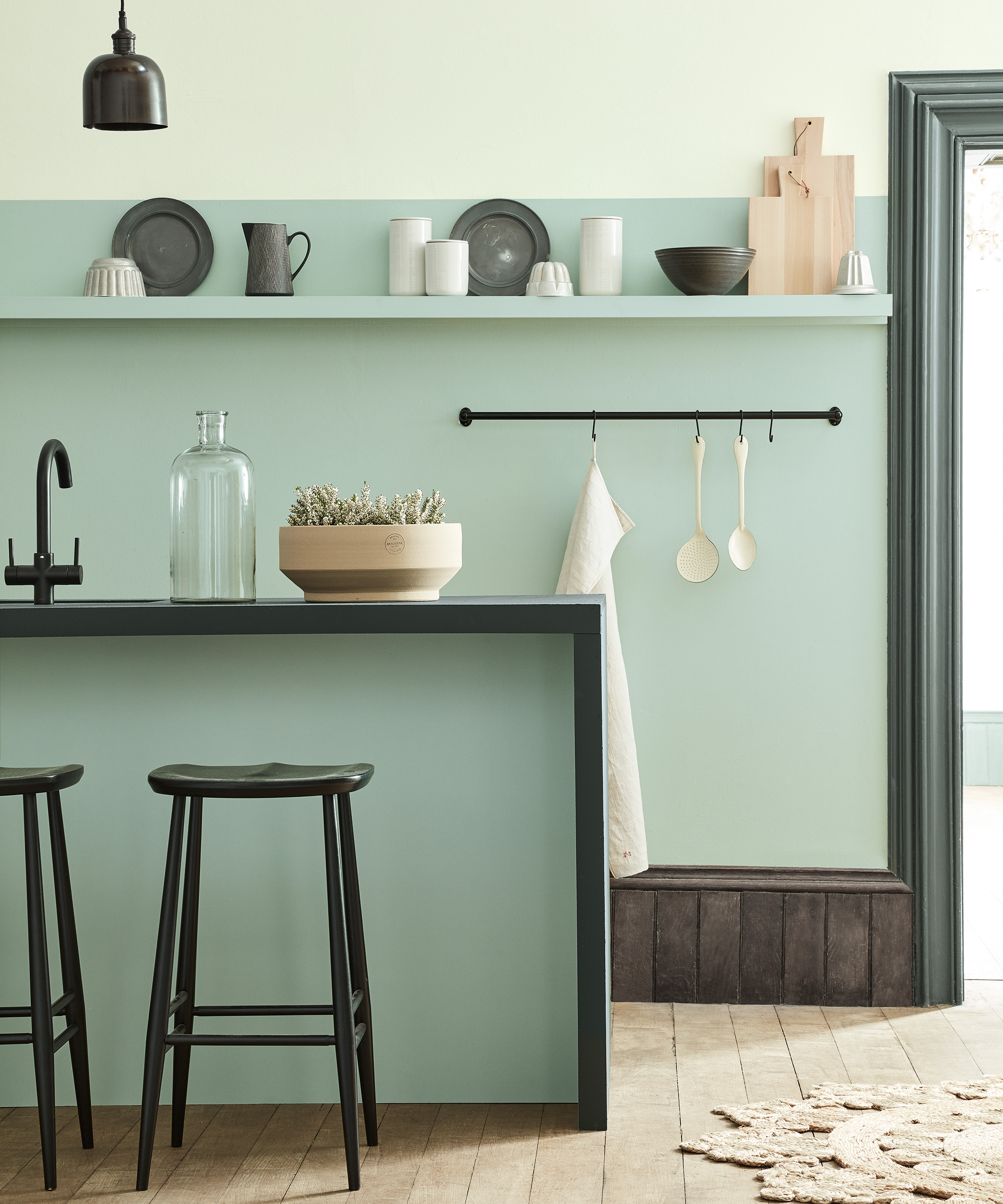
Kitchen vents and ductwork can also contribute to drafts, particularly if they are not properly sealed or insulated. Regular maintenance is essential for both energy efficiency and air quality.
Pacholski says, 'When you’re tackling drafts, don’t forget about the vents and exhaust fans. If they’re not sealed properly, they can be like open windows for cold air. Consider adding a back-draft damper to your exhaust fan – it seals up the vent when the fan’s off, so you’re not losing heat when you don’t need to. For unused vents, vent covers work well.'
Pacholski recommends the AC Infinity Store Backdraft Damper, available from Amazon, adding, 'This is a must-have to keep cold air from sneaking in when the fan isn’t running.'
Mitchell adds, 'Appliances that vent outside, like your stove hood or dryer, can have leaks around the ducting. Seal these up properly with duct sealant or metal-backed tape to prevent air from sneaking in or out.'
This Duck Brand HVAC Metal Repair Aluminum Foil Tape from Walmart is waterproof and easy to tear.
What to avoid when draft proofing your kitchen

Our experts advise avoiding several common mistakes involving ventilation, humidity and materials.
Mitchell says, 'In the kitchen, with its typically humid environment, you want to avoid anything too weak or flimsy. Choose durable materials to avoid frequent replacements. Keep an eye on humidity levels, though – if the kitchen starts feeling like a sauna, you might need a dehumidifier.'
A hygrometer, available at Amazon, will help you keep an easy eye on humidity levels. If they're above 50-60%, work to reduce moisture levels with a dehumidifier.
Pacholski also warns against sealing vents too tightly. He says, 'When it comes to draft proofing your kitchen, you want to be careful not to go overboard. For example, exhaust fans and vents are there for a reason – they help with cooking fumes and moisture. If you seal them too tightly, you could end up with lingering odors or even moisture problems such as mold.'
Our guide on whether you should close vents in unused rooms will point you in the right direction, depending on your heating system's age and type.

If your kitchen is relatively small, save your money and buy a compact, affordable unit like this 30-oz CLEVAST dehumidifier. It's quiet, energy-efficient, and will automatically shut off when the water tank is full, preventing any risk of overflow.
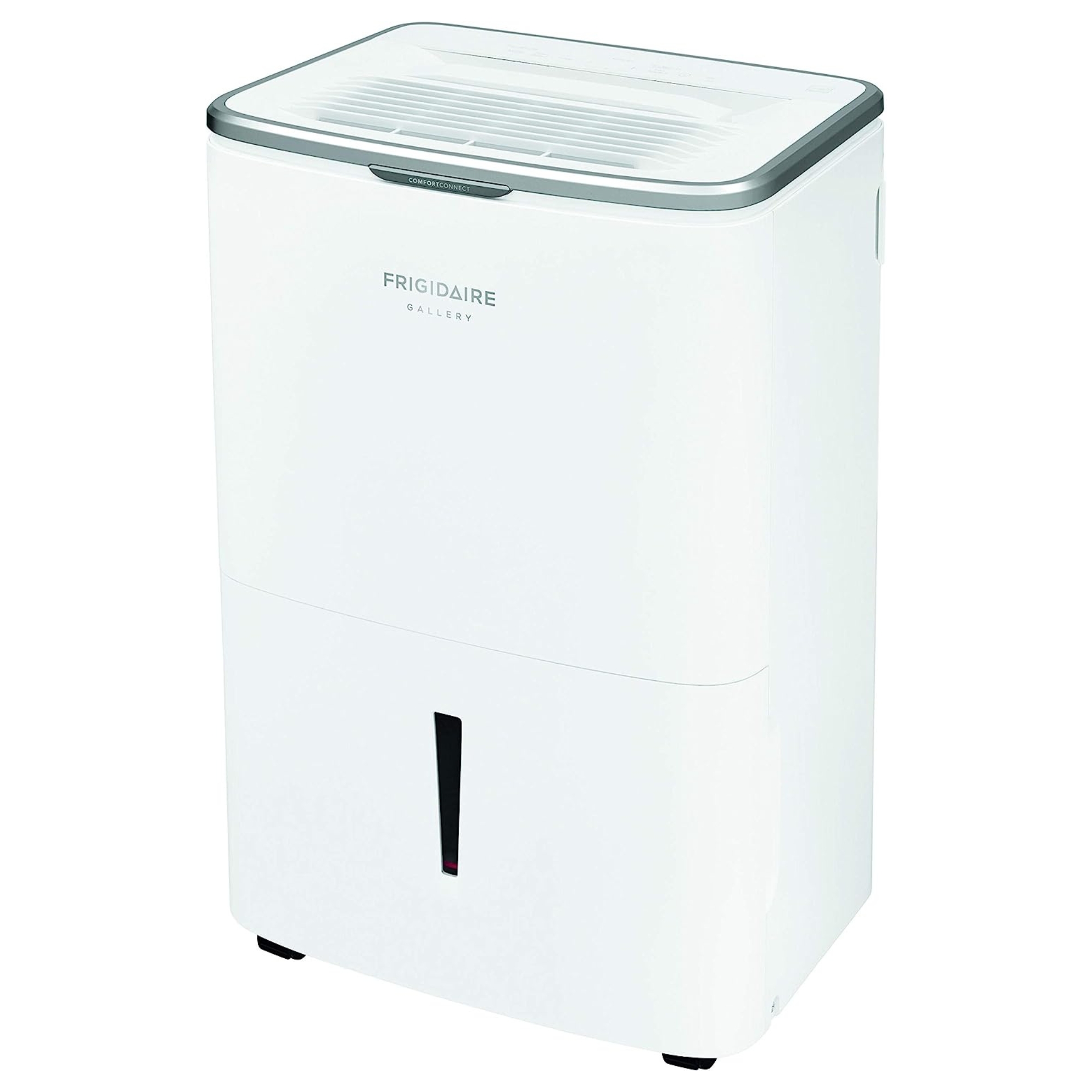
This full-package dehumidifier does a super job of removing moisture from the air. It has an easy-to-clean, washable dust filter with an alert when it's time to clean. Plus, its huge 50-pint capacity and continuous drain option can be controlled via WiFi.

For a large kitchen, this dehumidifier from Poyank has you covered. Its 70-pint tank can cover a whopping 4,500 square feet. Simple and easy to use, with smart screen and touch control, it can also be set up for automatic drainage (hoses provided).
FAQs
Can draft proofing my kitchen reduce my energy bills?
Yes, sealing drafts in the kitchen can significantly reduce heat loss and lower energy bills. Kitchens often have multiple gaps and vents, so addressing these areas prevents warm air from escaping and cold air from entering. The savings on heating costs can add up over time.
What tools do I need to draft proof my kitchen?
Common tools include weatherstripping, caulking, and foam sealants for sealing gaps. You may also need a screwdriver for securing loose thresholds or vent covers. A thermal leak detector, available on Amazon help you identify drafty areas you might miss otherwise.
How often should I inspect my kitchen for drafts?
You should inspect your kitchen for drafts at least once a year, ideally before the colder months and when winterizing your home. Regular inspections help ensure that seals, caulking, and weatherstripping remain intact. This maintenance also prevents small gaps from becoming larger issues over time.
So there you have it how to draft proof a kitchen like the pros. Draft-proofing your kitchen is a straightforward way to enhance comfort, lower energy bills, and improve your home’s overall efficiency. By addressing these key areas, you can enjoy a cozier kitchen all winter long.
Next, check out how to draft proof your bedroom for a cozy and comfortable sleep.







